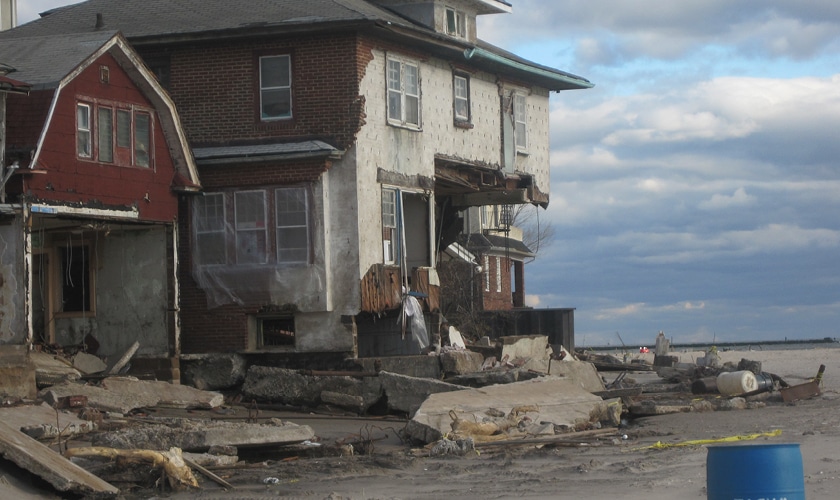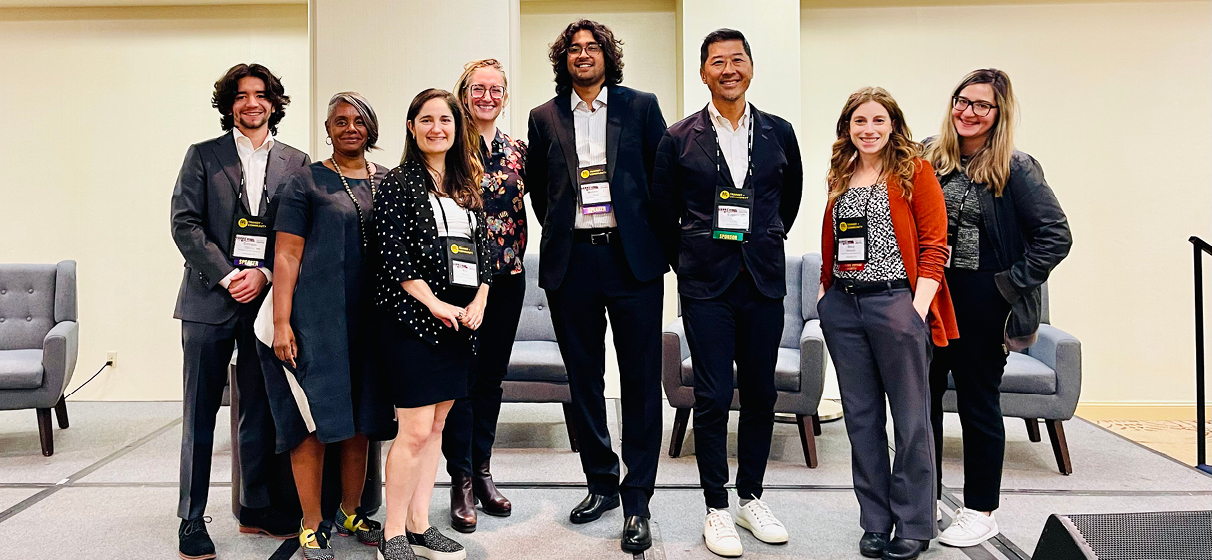When most people picture flood protection, they think of visible infrastructure: levees, floodwalls, and tide gates built to hold back rising water. But effective flood design requires understanding what happens below the surface.
Beneath the ground, floodwater can move unseen through permeable soils, migrating under floodwalls or building foundations. This process, known as seepage, can compromise flood protection systems by allowing water to reenter protected areas or by eroding soil that supports our communities’ critical infrastructure. These underground flows can pose as great a risk as storm surge overtopping, especially in dense urban cities, where infrastructure and utilities are closely packed.
Why Seepage Matters in Flood Resiliency Design
During major flood events, water pressure doesn’t stop at the visible barrier: it seeks every possible path. If not properly accounted for, subsurface flow can lead to two primary challenges:
- Backdoor flooding, where water seeps beneath the flood barrier and resurfaces behind it, often resulting in foundation failure.
- Soil instability, where seepage causes erosion or “piping,” undermining the structure’s foundation.
Today, flood resilience experts are reimagining traditional design assumptions to address these hidden threats.
Moving Beyond Conservative Design
Historically, flood protection systems have relied on highly conservative designs, driving sheet piles or cutoffs deep into the ground until they reach impermeable layers, such as clay or bedrock. While effective, this approach can be unnecessarily costly and disruptive, particularly in urban environments with utilities, transit assets and dense development.
At STV, our resilience team is advancing a smarter, data-driven approach that uses underground seepage modeling to optimize design performance. Through site-specific soil analysis and time-dependent modeling, engineers can simulate the time it takes for floodwater to travel through various soil layers. This information allows us to fine-tune the depth and extent of seepage barriers, delivering the same level of protection with significant cost savings and construction impact.
Applying the Approach: Maintenance Facility Resilience
This approach was recently implemented on a maintenance facility resilience project, where STV serves as program and design engineer. Using GeoStudio SEEP/W analysis, our team modeled how water would move beneath different floodwall configurations, based on real geotechnical data, utilizing the existing grade as a natural barrier against flooding along portions of the floodwall’s perimeter.
As a result, the design team had to carefully select both the depth and horizontal extents of the seepage cutoff. The seepage analysis enabled STV to reduce the extent of the cutoff wall without compromising overall performance, a significant gain in a complex, utility-congested site. The refined modeling not only supports budgetary needs but also simplifies construction logistics and improves long-term maintainability. By incorporating seepage and exit gradient analysis (the measure of hydraulic pressure that can cause soil uplift or erosion) STV’s engineers can better predict and mitigate these risks in modern flood protection systems.
Modeling the Future of Urban Flood Protection
As sea level rise continues to challenge coastal cities, advanced seepage modeling will play a key role in shaping resilient infrastructure. STV’s work demonstrates how geotechnical data, hydraulic modeling and smart design optimization can work together to strengthen our flood defenses: both above and below the surface.
By refining our understanding of how water moves underground, we’re building a model for the future where every layer of the flood protection system, visible and unseen, contributes to the safety and resilience of our communities.








